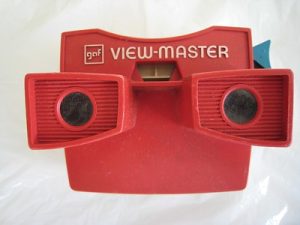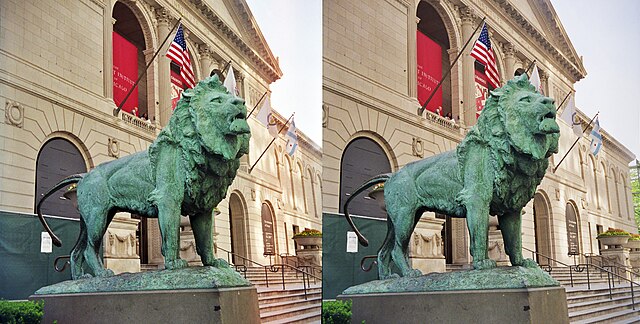Representation of Depth in Visual Cortex
Jim Hutchins
Objective 13: Construct a model for binocular vision (stereopsis).

Because the information from both eyes is in close proximity, the opportunity exists to calculate the depth of the visual object, a process called binocular disparity. Faraway objects cast photons onto almost identical regions of both right and left eyes. Remember that experiment we did where we covered one eye, then the other, to confirm that objects in the visual world are represented by cells in both retinas? Now try this with a faraway object. The moon, for example, does not move very much between its representation in the right eye and the left eye. A closer object, something you can reach with your hand, will move quite a bit as you alternate covering each eye. This is the main method for determining how far away visual objects are. In about 3% of people, one eye or the other conveyed “bad” information early in development and was ignored. This lack of depth perception is called strabismus. For these people, there is no depth perception in the absence of other cues (for example, we know that people tend to be between 1 and 2 meters tall and can guess at their distance this way). ViewMaster® slides and stereoscopes carry no particular joy for these people.

If you look carefully at this photograph, you will see it is the same scene taken from a slightly different angle. Using the instructions found on this webpage, you might be able to free-fuse these two images and see it in stereo without special instrumentation.
Media Attributions
- Vewmaster © Deiby Chico is licensed under a CC BY (Attribution) license
- Art Institute of Chicago Lion Statue © Kim Scarborough is licensed under a CC BY-SA (Attribution ShareAlike) license

